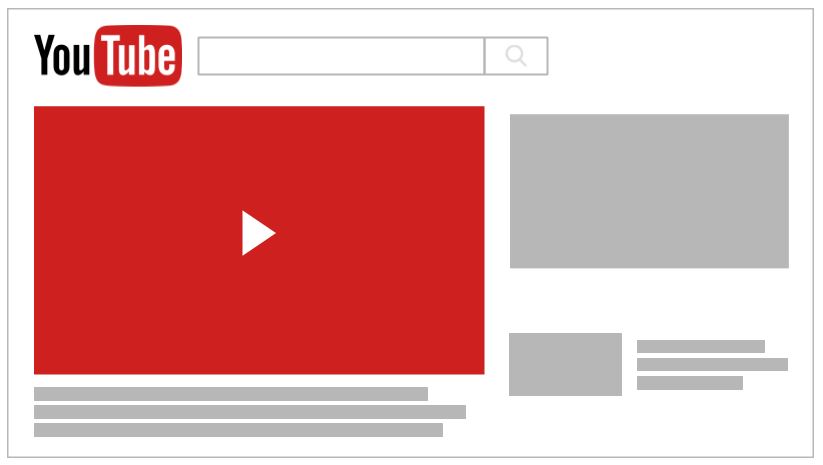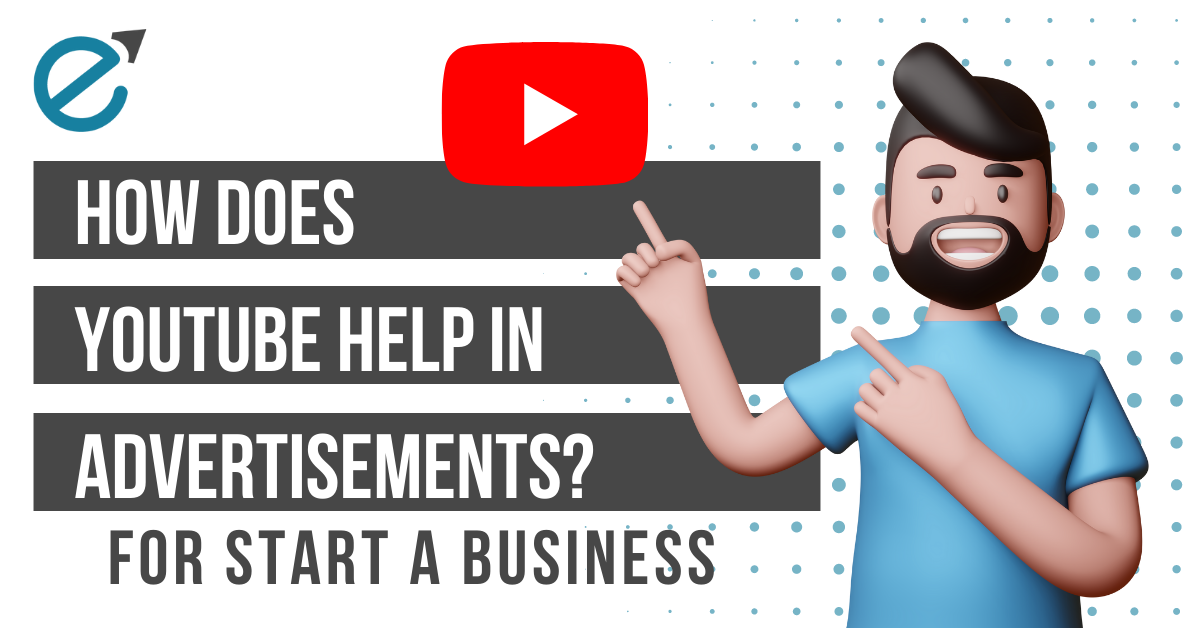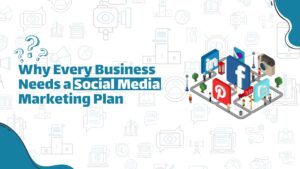YouTube is a search engine platform used by millions of people all around the globe that spend billions of hours of their day watching video content on YouTube. It is also observed that the traffic on YouTube is twice as big as it is on Facebook and Netflix combined.
In conclusion, YouTube is loved by everyone, but more importantly, is it worth the time of advertisers to advertise their campaigns?
Let’s summarise the answer by saying yes, it is, but not in all cases.
YouTube entertains around 30 million visitors every day, there is no doubt about the fact that YouTube is, in terms of power, at the top of those tools that are effective for branding and marketing. The unfortunate factor about the effectiveness of YouTube is that it requires extreme amount of time and money from the advertisers to make their advertising work.
This article will specifically help you with understanding if YouTube is the right fit or not for the advertising campaign that you are longing to launch.
The Groundwork of YouTube Advertising:
The thing that differentiates YouTube from other platforms — Facebook or Google — in terms of advertising is the ‘views’ and how they are counted. You’re required to pay for a view if the person watching your ad passes the 30-second time duration or best, watched the entire advertisement.
There are, however, some of the things you should show when you’re yearning to advertise your campaign or brand on this particular video platform:
The types of ads YouTube proposes:
There are a numerous methods, layouts to be specific, through which YouTube lets you display your ads. Let’s take a look at the variety of options:
Non-Skippable Video Ads:
Non-skippable YouTube advertisements came only recently into the department of advertising your product on any video on YouTube that you know is watched by a quality number of people. It means that you have to watch “The Ad” without being able to skip it in order to watch the specific video you clicked to watch. That’s why it’s called “Non-skippable” in the first place.
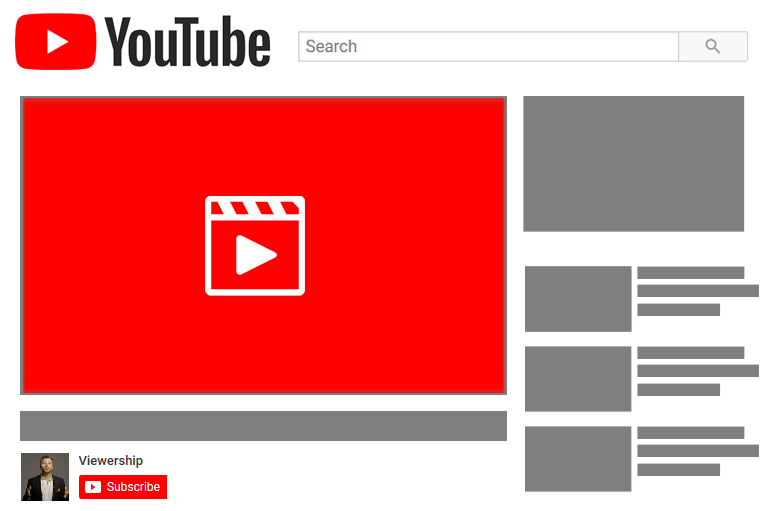
Behind this whole procedure of just staring at your screen for 5 seconds, there is a lot going on that results in benefitting the people that create the advertisement. When you watch the ad, the advertisers have to pay for it and the people that created the advertisement gets paid. As simple as it sounds, but in order to make it all work in the right manner, your landing page, if you’re the creator of the advertisement, has to be set-up properly, and your videos have to be engaging enough to capture leads.
The only catch here is that every time your ad pops up, you are going to have to pay for it.
YouTube TrueView Instream Skippable Ads:
This is a tricky and a risky one, because you never know if the viewer is actually going to wait for your advertisement to be over to continue watching the YouTube video, they clicked on given the fact that there is going to be a “skip” option lingering at the side of the ad that gives the person watching, the freedom to decide if they want to skip this ad or keep watching it for some reason. TrueView Skippable ads allow the viewers to skip through your ad after 5 seconds, but if the viewer ends up watching your ad more than 30 seconds then that’s a winning situation for the creator as they get paid and the advertisers are charged. These ads can pop up before the video, during the video or even after the video has ended.
This is a tricky and a risky one, because you never know if the viewer is actually going to wait for your advertisement to be over to continue watching the YouTube video, they clicked on given the fact that there is going to be a “skip” option lingering at the side of the ad that gives the person watching, the freedom to decide if they want to skip this ad or keep watching it for some reason. TrueView Skippable ads allow the viewers to skip through your ad after 5 seconds, but if the viewer ends up watching your ad more than 30 seconds then that’s a winning situation for the creator as they get paid and the advertisers are charged. These ads can pop up before the video, during the video or even after the video has ended.
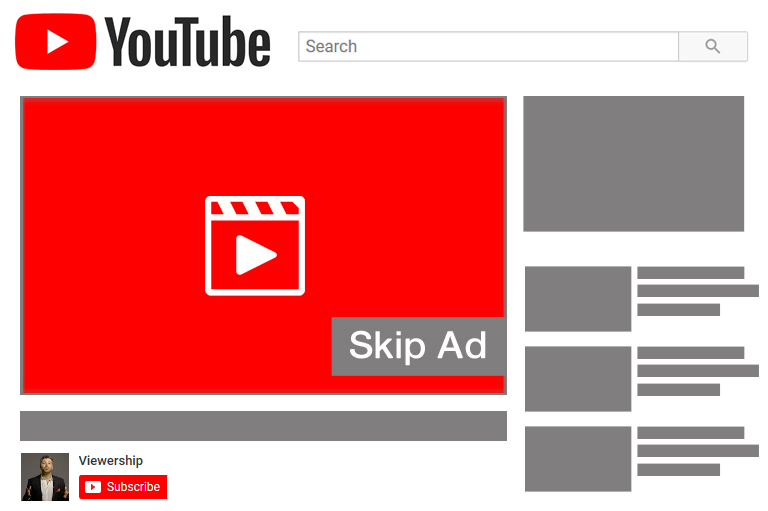
YouTube Display Ads:
Display ads are the kind of ads that stay on the screen for as long as you have it open, except fir the homepage. They can appear to the right of the featured video or even above the video suggestion list. This works when your ad banned is intriguing enough for the viewer to click on it, their click would grant your ad a click to have you paid.
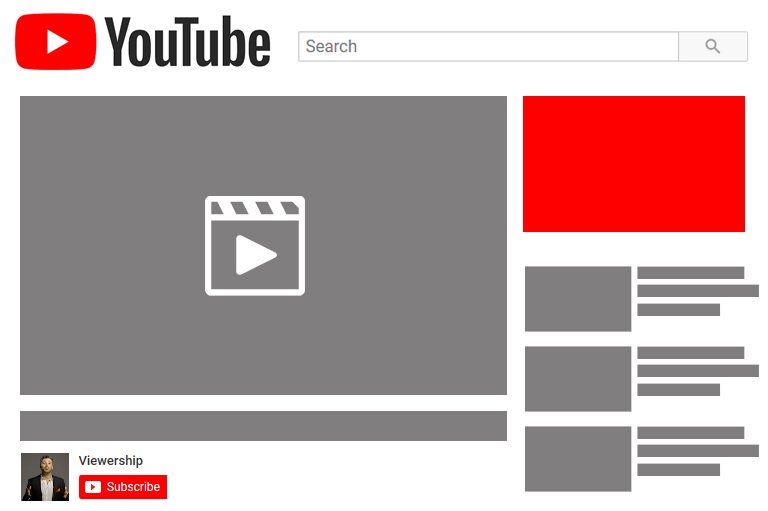
YouTube Overlay Ads:
These kinds of ads usually are placed on the lower 20% of the viewer’s screen when they’re watching a video. They are able to only appear on desktop and laptop computers.
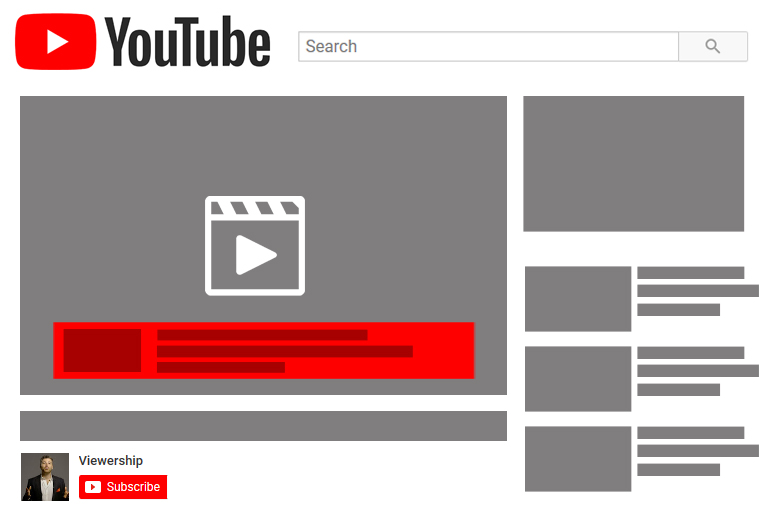
YouTube Midroll Ads:
Midroll advertisements are available for videos that have a duration of over 15 minutes.
They are spaced within the video in the exact manner TV commercials are made to roll out during any program. Viewers, in this case, must watch your midroll advertisement in order to continue watching their video.
